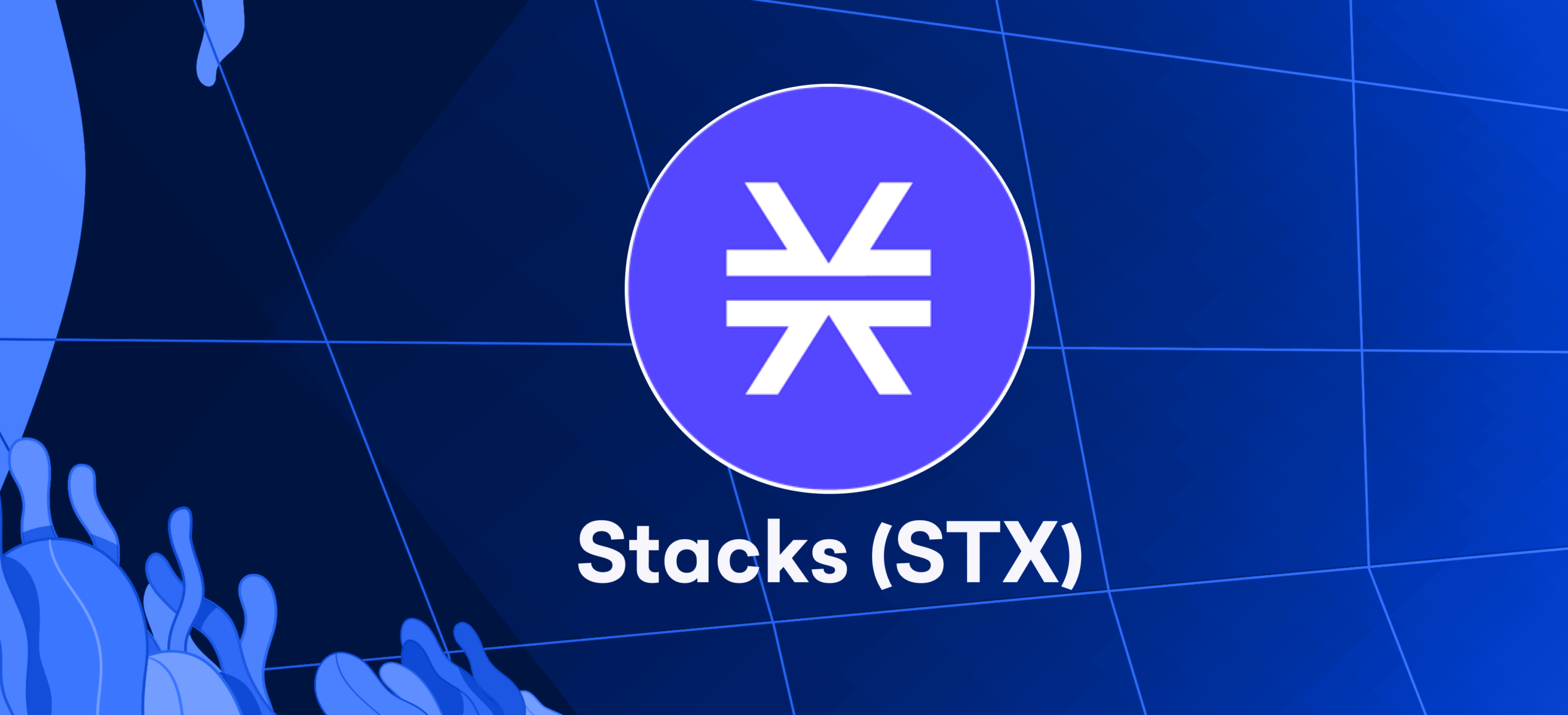
Introduction
“Web3” and “Web 3.0” may sound similar, but they stand for different ideas. Web3 means a web that’s not centrally controlled. It uses blockchain technology. On the other hand, Web 3.0 stands for a web that is smarter and more linked together.
Web3 Currency Innovation
“Web3” is a term that began with Gavin Wood, who helped start Ethereum’s blockchain in 2014. Wood came up with the term to talk about his idea for a new kind of web. He didn’t want it to be controlled by just one group. His Web3 idea is about a blockchain tech-base. In his opinion, this would make the web safer, easier to see, and fair for everyone.
Foundations of Web3 Innovation
Web3 and Web3.0 tech set their course by certain rules and foundations. To understand these, let’s dig into some key pieces:
The ‘Decentralization’ Factor
Web3 is like a global team effort. It isn’t controlled by one group but by many computers worldwide. This makes Web3 tough to tamper with and makes it less of a censorship target.
Based on ‘Blockchain’
Think of Web3 as a tree. Its roots are in blockchain technology. This tech is like a public notebook that securely keeps track of transactions. It’s ideal for handling money matters and tracking goods.
The Power of ‘Cryptocurrencies’
RephraseCryptocurrencies are the fuel of Web3. They are like virtual tokens or coins that use secret codes for security. These digital coins work perfectly in systems where no one person is in charge, which is why they are great for Web3 apps.
Web 3.0 coinage
“Web 3.0” is a term first introduced by Tim O’Reilly, who started O’Reilly Media in 2006. He brought up this term using semantic web tools to picture a smarter, more linked web. The idea of Web 3.0 that O’Reilly has is a web where machines grasp the substance of data, and users engage with the web easier and intuitively.
Web 3.0 principles
Web 3.0 principles include:
Semantic
Web 3.0, the semantic web, helps computers understand and use data better. Simply put, it makes complicated data easy for machines to read and use smarter.
Connected
This version of the web is meant to connect more. It’s designed so data links and shares across platforms and websites easily. Consequently, finding information will become a breeze for users, and developers can build cool, new apps.
Open
Lastly, Web 3.0 is an open web. It’s for everyone and built on open-source standards. This openness assures transparency and keeps everyone responsible for their doings.
Web3 versus Web 3.0: Unraveling Distinctions
Web3 and Web 3.0 differ in their purpose. Web3 focuses on safety and shared control. Web 3.0, on the other hand, boosts smartness and closeness in internet interactions. It imagines a web where machines understand data, helping apps and services chat smoothly.
Their tools also vary. Web3 uses stuff like blockchain. In contrast, Web 3.0 counts on semantic web tools. For secure and trustworthy internet talk, Web3 utilizes shared databases, clever contracts, and coding rules. Contrarily, Web 3.0 uses AI and language processing to understand and cleverly answer people’s online questions and wishes.
At last, Web3 is just emerging, much like Web 3.0, which continues to be a concept under study and development. Tech gurus and curious minds are trying to meld decentralized technology, the Internet of Things, and AI capabilities to construct a smart and linked-up web.
Examples of Web3 & Web 3.0 applications
Web3 applications
DeFi (Decentralized Finance)
DeFi is like a bank system. But, it’s built with blockchain tech. With DeFi, people can loan, trade, or invest money. They don’t need a bank to do it.
NFTs (Nonfungible Tokens)
NFTs are special digital things. They are unique and can’t be copied. People use NFTs to prove they own digital art, toys, and games.
DAOs (Decentralized Autonomous Organizations)
DAOs are like clubs run by smart contracts. These contracts do things by themselves and live on the blockchain. DAOs let people come together and decide things. They don’t need a boss to lead.
Web 3.0 applications
RephraseVoice Helpers
In the world of Web 3.0, we’ve got some cool tools. Siri, Alexa, and Google Assistant are great examples. These voice helpers use smart machine learning to understand what we say. They help us out by providing information and services.
Life-Coach Engines
Ever wonder how Netflix or Amazon knows just what you might like? Personalization engines, that’s how. These engines learn from your past choices. They recommend products and movies you’ll probably like based on what you liked before.
Smart Search Engines
You will notice that Google Search is getting smarter. Now, it’s a semantic search engine. It understands the meaning behind our searches. As a result, our search results are more accurate and detailed.
Converging Perspectives on Web 3 and the Evolution of Web 3.0
- Conceptual Differences: Web3 and Web 3.0, even with different general ideas, it’s thought they’ll meet in the middle. As smart tech gets more decentralized and decentralized apps get smarter, we’ll see overlap.
- Different Opinions: Some see Web3 and Web 3.0 taking their own paths. They’ll highlight what they’re good at and evolve separately. Divisions may happen.
- Unclear Path: Guessing if these ideas will meet or part is tough. It’s unsure where both tech routes are headed. Things like people using it, rules from the government, and new science plays into how wild tech changes might be.
- Hardness of Guessing: Seeing as we can’t really map out how tech will change, it’s vital to think about the future of Web 3 and Web 3.0 with a wide view. It’s key to imagine what could be while recognizing it’s unsure when thinking from any one angle.
Final Thoughts
“Web3” and “Web 3.0” are two different ideas, even though they sound alike. Web3 is all about the internet without control by any group, thanks to blockchain. This version builds trust and says who owns what. On the other hand, Web 3.0 is the next level of the World Wide Web, where everything is smart and linked together, making it easier for users.








